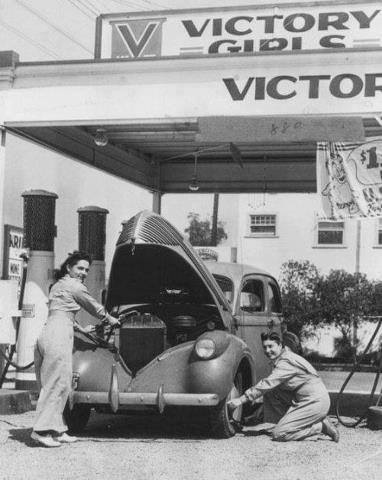The story of the Dakota Access Pipeline (DAPL) is not a simple one to tell. It involves interaction between complex federal statutes, mountainous administrative wranglings, and frustratingly uncooperative behavior.
As of today though, the Standing Rock Sioux Tribe has won a significant battle against the continued construction of the pipeline that is backed by Energy Transfer Partners (ETP). However, the Tribe did not do it by winning in court, the Tribe was given a gift by the Army Corps of Engineers who has announced it will not grant a permit for a tiny portion of the pipeline that was due to traverse under the Missouri River, about a half mile to the north of the Tribe’s reservation.
“Although we have had continuing discussion and exchanges of new information with the Standing Rock Sioux and Dakota Access, it’s clear that there’s more work to do,” [Asst. Sect.] Darcy said. “The best way to complete that work responsibly and expeditiously is to explore alternate routes for the pipeline crossing.”

The DAPL has been in the works since 2014. Nearly all of it crosses private land, and because it carries crude oil, and not natural gas, the federal government does not regulate its planning or construction, until the pipeline must cross federally regulated waterways (Clean Water Act and Rivers and Harbors Act). (In this case less than 3% of the pipeline is required to be federally permitted, and less than 1% crosses a waterway.) It is at this crossroads – where the Cannon Ball River and the Missouri River meet in North Dakota that has become the center of the controversy. Though this point is not on a designated Native American reservation, much of the surrounding land has been recognized through other documents (Treaty of Fort Laramie in 1851) as having cultural significance to the Sioux Nation. Federal law has accommodated these interests through protective review measures (National Historic Preservation Act) whenever construction will take place on lands under federal jurisdiction.











Recent Comments